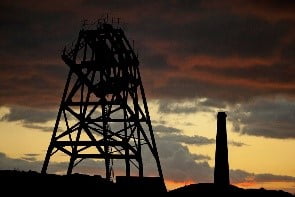The post-war period saw a strong urbanisation movement in France.
At worldwide level, there was high growth in heat networks in certain cold countries such as the USSR, where requirements were different to Europe.
Heat and cooling networks were rolled out in line with municipal and urbanisation policies. New residential zones were built, often going hand in hand with the installation of communal production systems (heat and other systems), generally powered by heavy fuel or coal.
For example, the La Défense urban air conditioning system was created in 1972. In 1973, the Alsace plant, designed to produce ice-cold water for air conditioning in office buildings in the Southern district of La Défense, was commissioned.
At the end of that period, heat and cooling network development slowed down.
This was the second generation (2G) of heat networks.
3 key facts to keep in mind:
- Steel piping for a pressurised hot water system (temperature over 100°C);
- Appearance of the cold network;
- Less heavy implementation but a qualified workforce was required (welders, etc.).
In the next episode: 3/5 – “Present-day heat networks”


